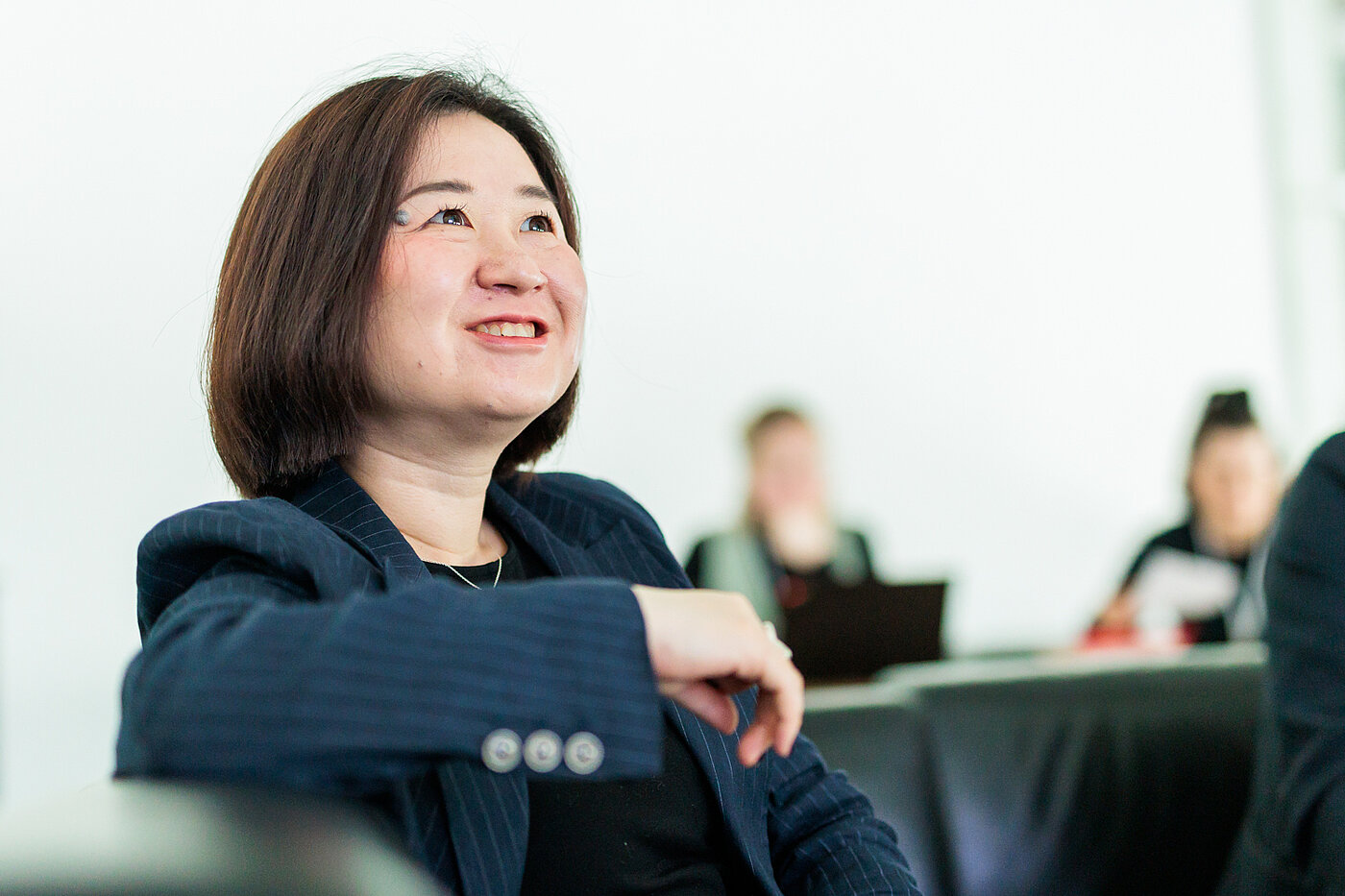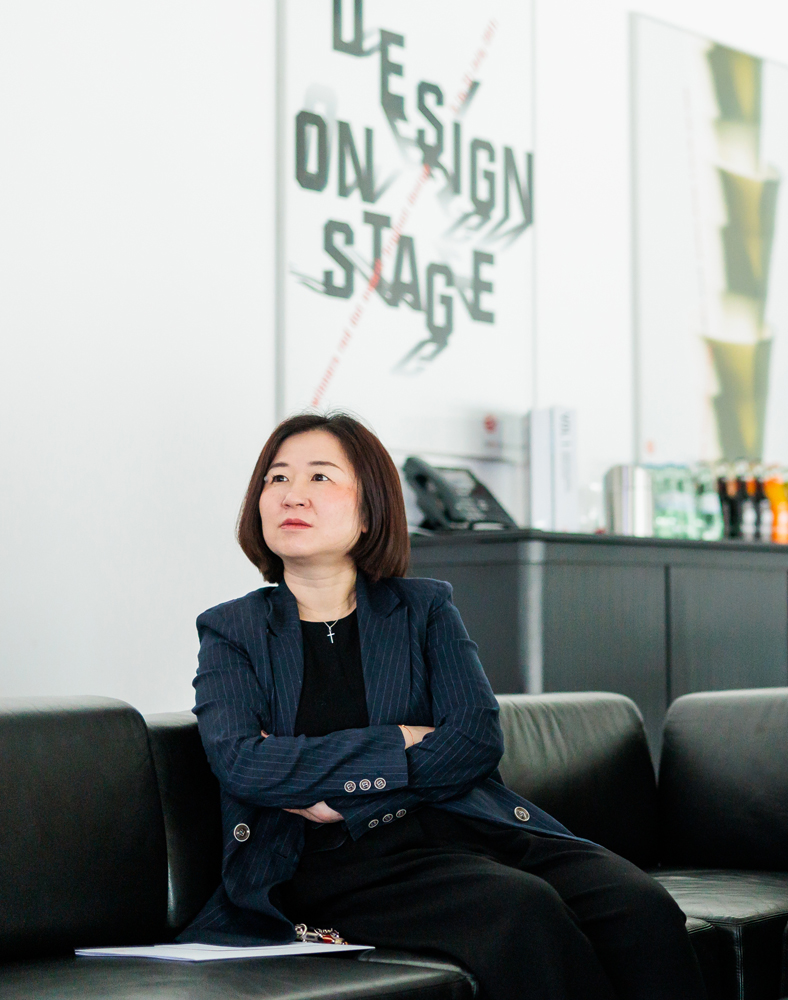Mimi Yan
Mimi Yan is a seasoned design curator, culture producer, and media expert, with more than twenty years of experience in the fields of design, culture, and the arts. She holds a master’s degree in “Mode & Creation” from the Université Lumière Lyon 2 (France).
Mimi is the co-founder of MY STUDIO and has served as the former Editorial Director and Publisher of ELLE Decoration China from 2004 to 2012 and again from 2022 to 2024. She is also a founding jury member of the EDIDA China Design Awards.
Throughout her career, Mimi has been actively involved in fostering the growth of the Chinese designer community and the interior design industry, curating numerous exhibitions that highlight contemporary craftsmanship, design, and fashion. Her work has been dedicated to promoting cultural exchanges between China and Europe.
In addition to her professional commitments, Mimi enjoys art translation and has published translated works such as “Prehistoric Art” in 2020 and “Modigliani” in 2023.

Red Dot: You were a member of ELLE DECORATION China’s founding team. Have you always been passionate about interior design?
Mimi Yan: I initially did a degree in fashion, but since then my focus has shifted from the fashion industry’s emphasis on personal beauty to an appreciation of the aesthetics of daily life through interior design. Essentially, I think I transitioned from a self-focused person to a person who embraces a broader spectrum of life. The purpose of interior design is to cater to our lifestyles, making our lives more comfortable and bringing joy to our families.
How has our perception of living-space aesthetics changed over the past twenty years?
Twenty years ago, high-end Chinese interior design generally imitated classical European styles, such as Baroque, Rococo, and Renaissance. Now, two decades later, tastes have become more diverse and contemporary, with new Chinese aesthetics emerging as one of the mainstream trends. This is due partly to consumers’ rediscovering the value of Chinese aesthetics, and partly to the increasing number of Chinese designers who are producing more mature works.
Is interior design shaped by consumer preferences, or do our preferences stem from new design concepts?
We often say that the designer’s mission is to solve problems, and in the interior design world, these problems generally occur as a result of lifestyle changes. Recently, we have been discussing how interior design requirements will change in Chinese households over the next twenty years. For example, urban family units are changing as a result of not only families with more than two children, but also childless couples with pets, LGBT families and ageing households. These lifestyle changes will give rise to new consumer demand, which in turn will inspire designer creativity. “Sustainability” is more of a top-down issue that impacts interior design.
ELLE DECORATION is published in different countries. Are the themes often congruent, or do cultural differences still play a major role in the area of interior furnishings?
ELLE DECORATION has 25 editions around the world, all with home and lifestyle themes. Although there are similarities when it comes to travel, food and decoration topics, the cultural differences naturally lead to different content in the respective countries. In the Chinese edition, about 70% of the content is locally produced, and that content naturally reflects differences in aesthetics and culture. This is one of the ways in which the various editions showcase diversity.
Can you recognise the potential of an interior space at first glance?
At first glance you only see the “skin” of a room, that is, the decorative style. Last year, we recorded a video about the unseen beauty of a home: about the smart features, the plumbing, the sound insulation and other “invisible” design details. Even storage space is often hard to visualise at first glance. Yet these elements are crucial to the comfort of the home.
Can aesthetic flair be learnt?
I believe that we are all a blank slate when we are born. There’s no denying that geniuses exist, but most people develop their aesthetic tastes in the context of their family upbringing. So this is definitely something we can build on and improve over time.
By curating art and design exhibitions for many years, you have become an ambassador for Chinese design culture. What can Europe learn from China in our industry? Or are they mutually enriching?
China and Europe can undoubtedly learn a lot from each other, and they definitely have a mutually enriching relationship. I have helped institutions in France, Switzerland, Sweden and other countries to organise design delegations that travel to China for exhibitions and residency programmes, or to work with Chinese handicraft resources to explore the concept of sustainability in craftsmanship. China’s manufacturing industry is another reason for these visits.
At the same time, Chinese designers – especially the younger generation with overseas educational backgrounds – are learning a lot from European brands when it comes to providing design services and building brand value. And in this context, many are showcasing their work at European trade fairs. For example, several Chinese designers participated in this year's Milan Design Week with mature designs in collaboration with the respective brands.
Is there an item of furniture that you wouldn’t want to be without in your home (and why)?
A comfortable chair. Whether we're eating, reading or resting, we all need a comfortable chair to sit on. The first piece of furniture I bought for my current home, which I've lived in for 20 years, was a chair.
Which classic design piece do you particularly appreciate?
There are so many, especially in the furniture segment, that it’s hard to choose just one. But if we're talking about industrial design, I’d have to say the early iPhone models.


